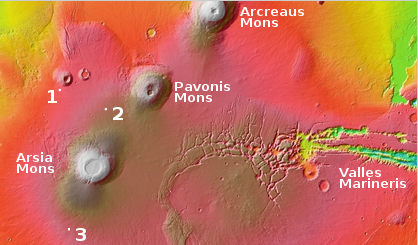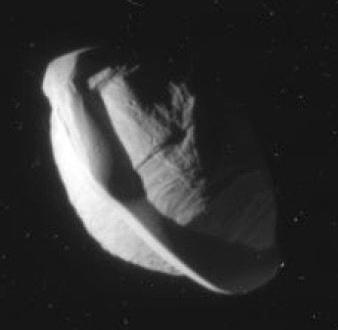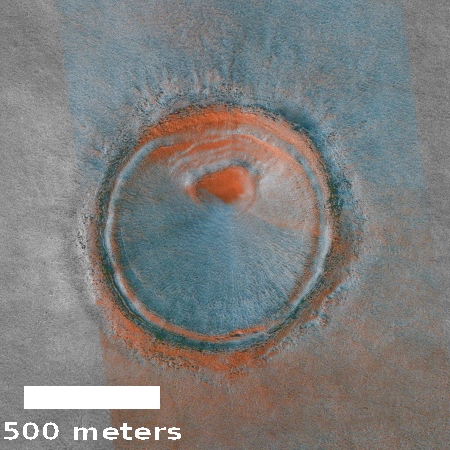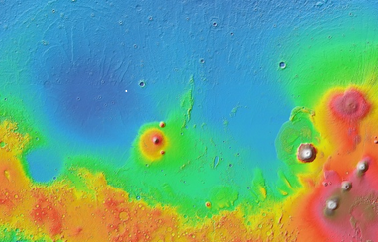Boeing confirms delay till August for first unmanned Starliner launch
No surprise here: Boeing today confirmed that it is delaying until August for first unmanned Starliner test launch.
A statement issued by Boeing on Tuesday confirmed previous reports that the company’s CST-100 Starliner spacecraft, designed and built under a $4.2 billion contract from NASA, would miss its previous target launch date for an unpiloted test flight to the International Space Station in April. NASA and industry sources have said for months that an April launch date was not feasible, but NASA and Boeing had not officially published a revised schedule since early February.
The first Starliner test flight with astronauts on-board was previously scheduled for August. In Boeing’s schedule update released Tuesday, the company only said it expects the Crew Flight Test to occur “later this year,” but sources said the Starliner could fly with astronauts in November, at the earliest.
It appears that the fuel leak during a thruster test in June of last year has been the main cause of the delay.
None of this should effect SpaceX, which is primed to fly its mission during the summer. It does however cause more problems for Boeing, which is now also faced with pressure to finish NASA’s SLS rocket, bogged by years of delays and cost overruns.
No surprise here: Boeing today confirmed that it is delaying until August for first unmanned Starliner test launch.
A statement issued by Boeing on Tuesday confirmed previous reports that the company’s CST-100 Starliner spacecraft, designed and built under a $4.2 billion contract from NASA, would miss its previous target launch date for an unpiloted test flight to the International Space Station in April. NASA and industry sources have said for months that an April launch date was not feasible, but NASA and Boeing had not officially published a revised schedule since early February.
The first Starliner test flight with astronauts on-board was previously scheduled for August. In Boeing’s schedule update released Tuesday, the company only said it expects the Crew Flight Test to occur “later this year,” but sources said the Starliner could fly with astronauts in November, at the earliest.
It appears that the fuel leak during a thruster test in June of last year has been the main cause of the delay.
None of this should effect SpaceX, which is primed to fly its mission during the summer. It does however cause more problems for Boeing, which is now also faced with pressure to finish NASA’s SLS rocket, bogged by years of delays and cost overruns.











